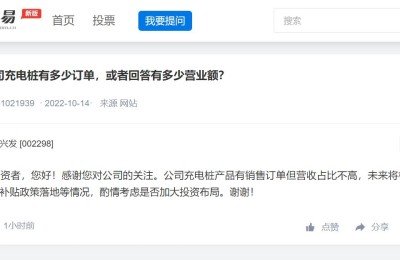On the other hand, in the presence of the spurious feature, the full model can fit the training data perfectly with a smaller norm by assigning weight \(1\) for the feature \(s\) (\(|<\theta^\text<-s>>|_2^2 = 4\) while \(|<\theta^\text<+s>>|_2^2 + w^2 = 2 < 4\)).
Generally, in the overparameterized regime, since the number of training examples is less than the number of escort in Peoria features, there are some directions of data variation that are not observed in the training data. In this example, we do not observe any information about the second and third features. However, the non-zero weight for the spurious feature leads to a different assumption for the unseen directions. In particular, the full model does not assign weight \(0\) to the unseen directions. Indeed, by substituting \(s\) with \(<\beta^\star>^\top z\), we can view the full model as not using \(s\) but implicitly assigning weight \(\beta^\star_2=2\) to the second feature and \(\beta^\star_3=-2\) to the third feature (unseen directions at training).
Contained in this analogy, deleting \(s\) decreases the error to possess a test shipping with high deviations off no on next feature, whereas deleting \(s\) increases the mistake to own a test shipping with high deviations away from zero into 3rd feature.
Drop in accuracy in test time depends on the relationship between the true target parameter (\(\theta^\star\)) and the true spurious feature parameters (\(<\beta^\star>\)) in the seen directions and unseen direction
As we saw in the previous example, by using the spurious feature, the full model incorporates \(<\beta^\star>\) into its estimate. The true target parameter (\(\theta^\star\)) and the true spurious feature parameters (\(<\beta^\star>\)) agree on some of the unseen directions and do not agree on the others. Thus, depending on which unseen directions are weighted heavily in the test time, removing \(s\) can increase or decrease the error.
More formally, the weight assigned to the spurious feature is proportional to the projection of \(\theta^\star\) on \(<\beta^\star>\) on the seen directions. If this number is close to the projection of \(\theta^\star\) on \(<\beta^\star>\) on the unseen directions (in comparison to 0), removing \(s\) increases the error, and it decreases the error otherwise. Note that since we are assuming noiseless linear regression and choose models that fit training data, the model predicts perfectly in the seen directions and only variations in unseen directions contribute to the error.
(Left) The new projection regarding \(\theta^\star\) towards \(\beta^\star\) is actually positive on seen advice, but it is bad throughout the unseen advice; hence, removing \(s\) decreases the error. (Right) The latest projection away from \(\theta^\star\) towards \(\beta^\star\) is similar in both viewed and you may unseen guidelines; thus, removing \(s\) boosts the mistake.
Let’s now formalize the conditions under which removing the spurious feature (\(s\)) increases the error. Let \(\Pi = Z(ZZ^\top)^<-1>Z\) denote the column space of training data (seen directions), thus \(I-\Pi\) denotes the null space of training data (unseen direction). The below equation determines when removing the spurious feature decreases the error.
The latest core design assigns lbs \(0\) toward unseen instructions (pounds \(0\) into the next and you will third provides contained in this analogy)
Brand new remaining side is the difference in the fresh new projection away from \(\theta^\star\) on the \(\beta^\star\) throughout the viewed direction using their projection on unseen guidelines scaled by the test big date covariance. Ideal side ‘s the difference in 0 (i.elizabeth., not using spurious has actually) additionally the projection off \(\theta^\star\) towards \(\beta^\star\) from the unseen direction scaled of the test day covariance. Removing \(s\) helps if your kept top is actually higher than the proper side.
Since the principle is applicable only to linear habits, we now reveal that inside non-linear activities educated into real-business datasets, deleting a great spurious feature decreases the reliability and influences teams disproportionately.





